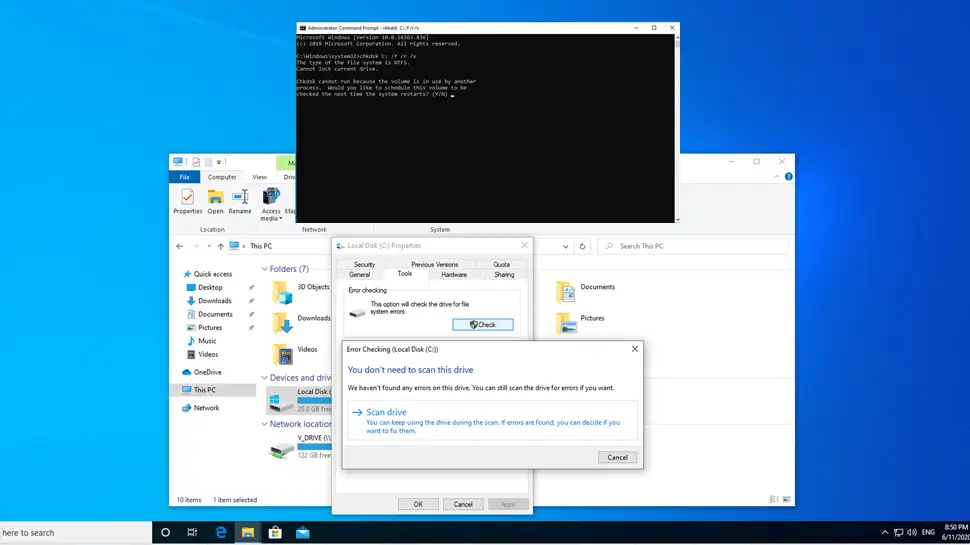Can’t-Miss Takeaways Of Info About How To Check Disk For Errors In Linux

In case you notice any unusual behavior from a computer hard disk or a particular partition, one of the first things you can always investigate is filesystem.
How to check disk for errors in linux. The “badblocks” command can be very useful in isolating problems with syncing. In this article, you will learn how to scan & repair disk in linux by using fsck and xfs_repair commands. Checking the hard disk for errors.
Is there any way to test whole disk? Bad blocks are physical points on your device that no longer work properly. Step 1) use fdisk command to identify hard drive info.
Choose a partition to check for errors. You can check the hard drive for errors using the. Common disk errors include physical failures, bad sectors or blocks, and inconsistent filesystems, which can lead to various problems.
Data reader, palimpsest disk utility, press super/dash button, start typing disk utility (for gnome: Identify the disk which you. Next, let’s check for bad blocks.
Use fsck to check your file system if your system fails to boot, if files on a specific disk become corrupt, or if an attached drive does not act as expected. To test hdd, you can use s.m.a.r.t. As the first step, open the terminal by clicking the system menu and selecting the menu item ‘terminal’.
I/o errors in /var/log/messages indicate that something is wrong with the hard disk and it may be failing. You can also use the “badblocks” command in order to check for bad blocks on a disk device. How to run a disk check to fix bad sectors | baeldung on linux.
These two pages gives some tips about scanning hard drives/filesystems in linux (they also mention fsck and badblocks):. Share on social media. The manpage refers to partitions because badblocks.
Run fdisk command to list all available hard disks to linux operating system.


















